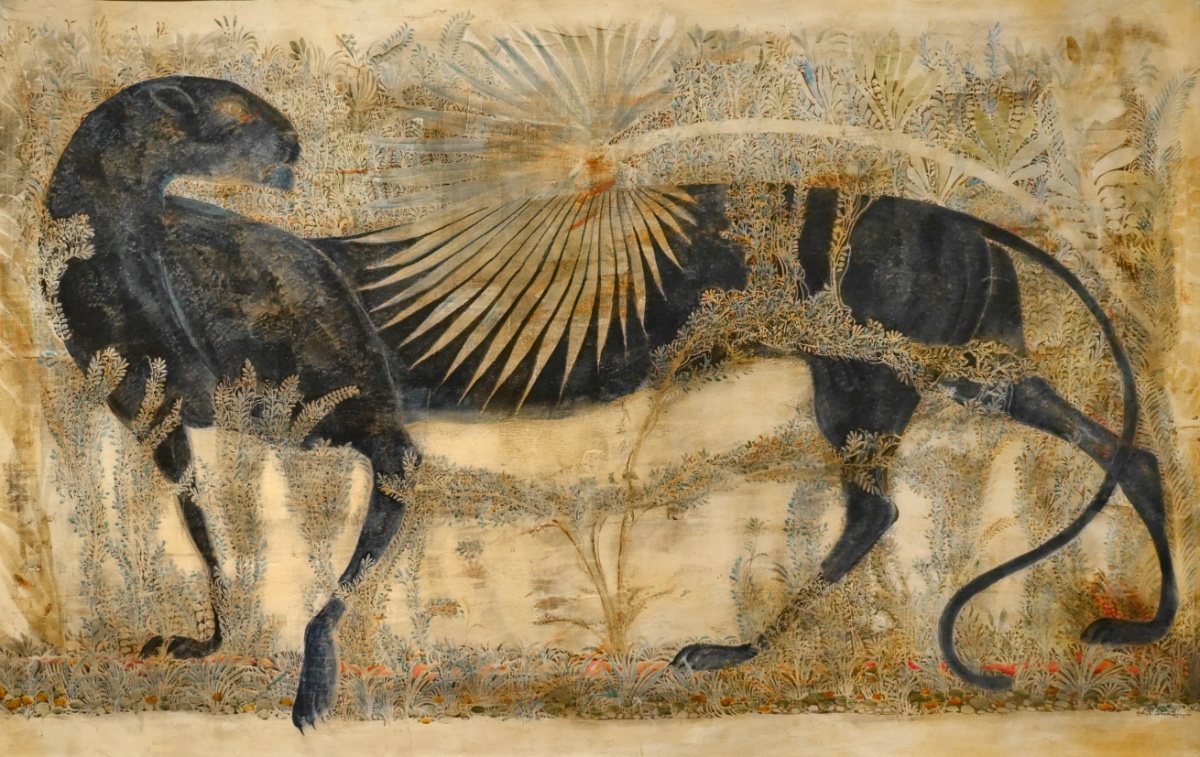Australian folklore is rich in stories about mysterious big cats prowling the bush. Of circus animals escaping from overturned vehicles and American servicemen releasing their panther mascots into the wild at the end of World War 2. Reported sightings periodically do the rounds, perpetuating legends of fearsome felines like the elusive Emmaville Panther.
So what do University of New England (UNE) wildlife specialists make of the latest quest by a "big cat expert" and documentary film-maker, who is stalking the continent to gather eyewitness accounts?
UNE zoologist Associate Professor Karl Vernes and Adjunct Dr Guy Ballard, who have amassed thousands of hours in the bush studying native animals and the invasive species that threaten them, say there is usually a very good scientific explanation for what people report. Guy goes a step further; contesting that efforts to track down "big cats" distract us from more pressing issues - namely the conservation of threatened native species.
Having studied tigers in Bhutan and encountered jaguars in the Yucatan Peninsula in Mexico, Karl draws on personal experience of big cat behaviour.
"Everybody seems to have their own big cat story, wherever you live in Australia," Karl said. "But we've never seen any reliable photographic evidence. Big cats I have studied put themselves in front of cameras quite happily, but for all the thousands of permanent camera traps scientists have out in the Australian bush we've never captured so much as a shadow of one."
Guy has spent the best part of a decade in the bush and says large feral cats, quolls, dingoes and foxes have all been attracted to carcasses left out by his team, but never a black panther. Although he has had his own "big cat" encounter in the Warrumbungles.
"It stopped me in my tracks, but when we investigated, it was definitely a swamp wallaby," Guy said. "Most people report seeing the rear end of a large dark animal with a thick tail loping off into the bush, and that's just what swamp wallabies do. Also, when a wallaby lands with its two feet close together, their prints can look a bit like a larger single paw print of a predator. I've had people bring me plaster casts of these, only for them to be disappointed."
Poor human judgement is another likely explanation for reported big cat sightings. "Most people commonly over-estimate the size of a feral cat, especially in the distance," Guy said. "The biggest feral cat we have caught on the New England Tablelands was 6.5 kilograms and that was a massive cat. When you see a black one, early in the morning, on a log in the distance, it's easy to think you've seen a much larger cat. There are also pure black dingoes out there, which causes honest mistakes.
"But there's another important issue here - the distraction from real issues of importance. We need more resources going into biosecurity monitoring - of foxes, feral cats, wild dogs, pigs and rabbits - and when people devote their time and energy to chasing big cats, those resources are diverted away from monitoring pests and a host of threatened species that are still just extant. I don't want to stop people's curiosity or rain on their parades, but I would throw my weight behind both biosecurity and the conservation of our magnificent native predators, like spotted-tail quolls."
Guy said the rigours of science can get lost in this discussion. "People like Karl and me, we take our local environments seriously and we're out there, having the biggest monitoring presence we can, with limited resources, to get a sense of what's truly happening in the Australian landscape," he said. "We have to be transparent about the data we collect and account for our actions to funding bodies."
But, sceptical as he is, Karl is reluctant to make light of public reports of big cats. "That's the beauty of these mysteries; they remain mysteries because we can't prove or disprove them," he said. "Big cats remain to be seen, literally."


